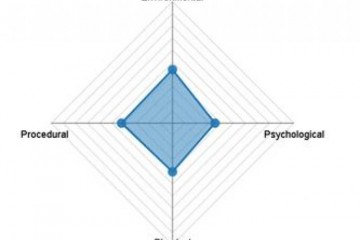CRACK IT Solution
Development and evaluation of the Animal Welfare Assessment Grid (AWAG)

At a glance
Completed
Award date
June 2018 - January 2020
Contract amount
£50,000
Contractor(s)
R
- Refinement
